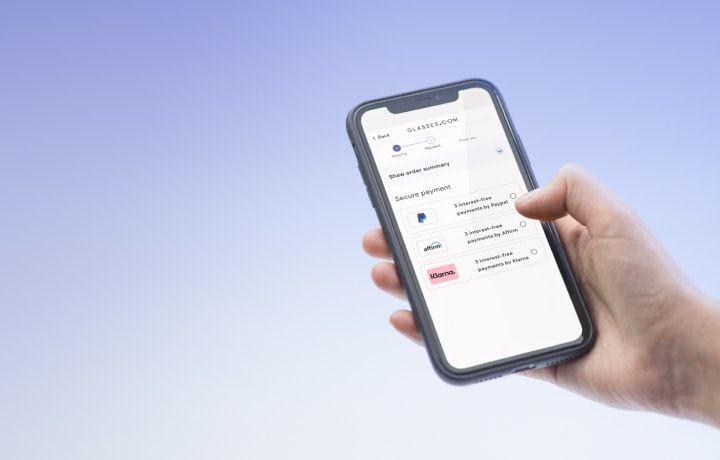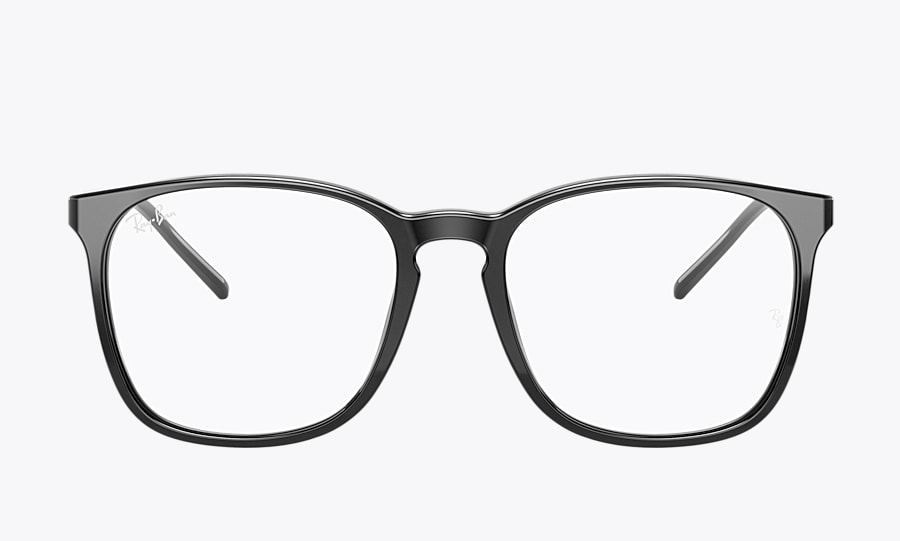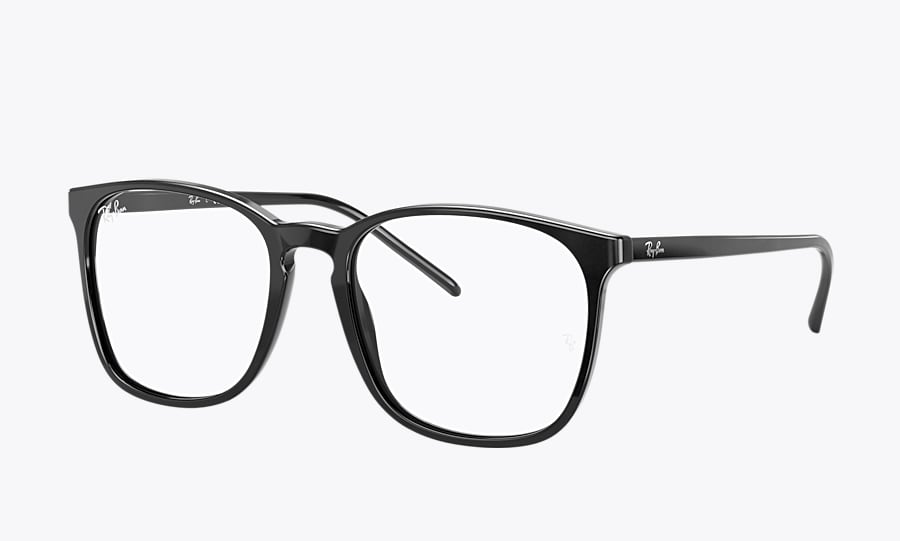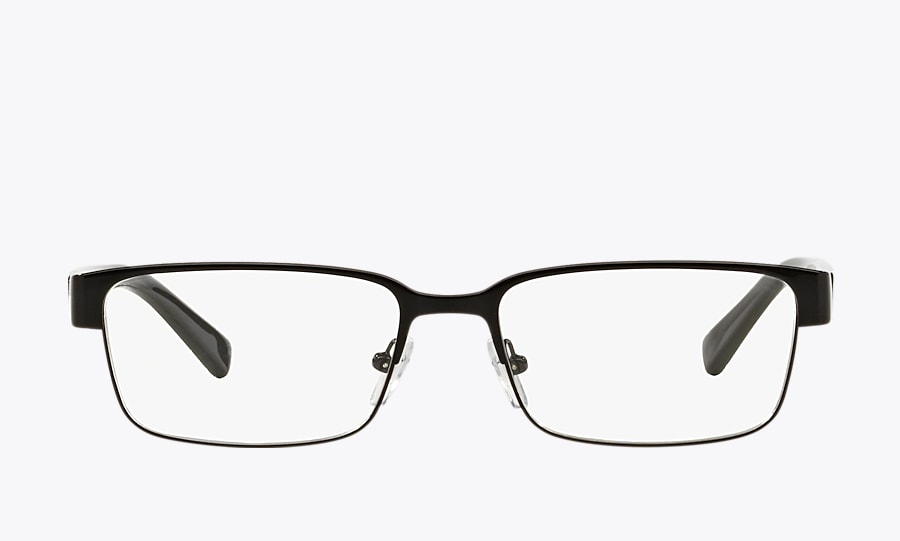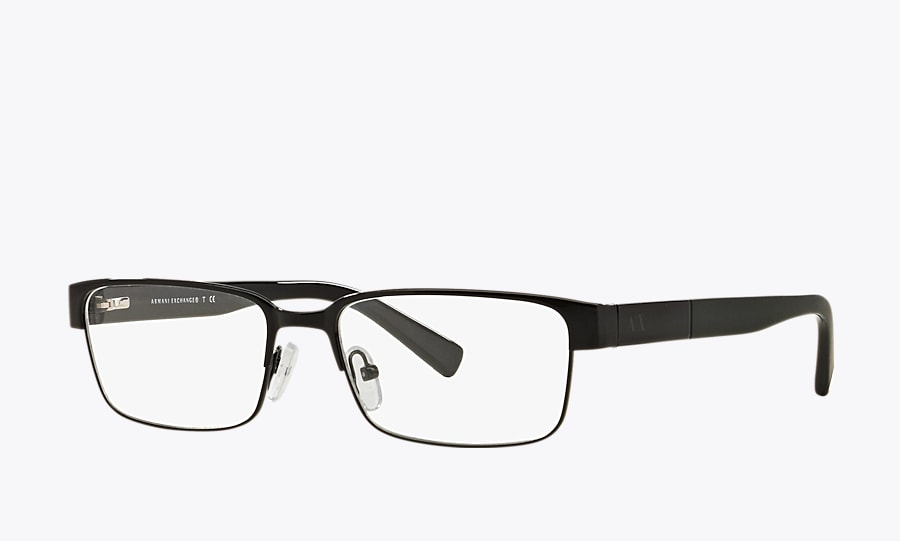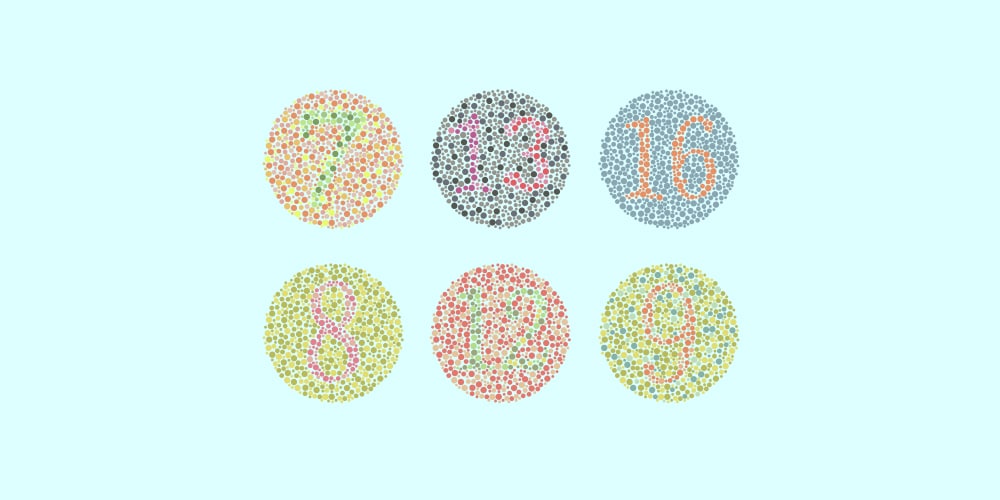
Color blindness is a deficiency in the way a person sees color. (Note: A more accurate descriptor is “color vision deficiency.” Although, “color blindness” is more frequently used outside the medical community). The condition affects many people worldwide and is often passed down through family members. People who are color blind may face trouble in the workplace, in school and in everyday life.
Many with color blindness face trouble distinguishing red and green hues (red-green color blindness). Others might struggle with blue or yellow hues (blue-yellow color blindness). And there are some who are unable to detect color at all. Red-green color blindness is the most common type.
The earlier someone is diagnosed with color blindness, the sooner they can adapt to the world around them. Several tests exist to help doctors detect color blindness, what type is present and how severe it is.
What is a Color Blind Test?
A color blind test measures how accurately a person can detect and distinguish different hues. There are many different methods used to test for color blindness, from a color blind test with numbers, to color-matching assessments.
Some of the most popular testing techniques include:
- Ishihara color test
- Cambridge color test
- Anomaloscope
- Farnsworth–Munsell 100 hue test
- Farnsworth lantern test
5 Tests for Color Blindness
Ishihara Color Test
The Ishihara color vision test is the standard method for determining color blindness. It’s the “color blind number test” that most people are familiar with.
A Japanese ophthalmologist named Shinobu Ishihara developed the test to identify red-green color blindness more than 100 years ago. Although it is referred to as a test, it’s used more as a short screening for color vision.
During the test, a person looks at a series of circles that contain colored dots of various sizes, colors and brightness. There is a hidden number within these circles in a contrasting color (for example, a circle with green dots would have a number in red hidden inside of it)
Those who have normal color vision can easily identify the masked number. Those who are color blind may see a different number than the one assigned, or miss the digit altogether.
Cambridge Color Test
The Cambridge Color Test is much like the Ishihara Color Test. But instead of identifying numbers, the patient pinpoints the letter C within a circle of different sized and colored dots.
This test is completed on a computer screen. At random moments, a circle containing those colored dots pops up with the letter C written in a different color. Once you recognize the C, you press a button to signal to the computer that you saw it.
Anomaloscope
Testing color vision can also be done using an instrument called an anomaloscope. In this test, the patient looks through an eyepiece, through which they are presented with a circle that is divided in half by different colors.
The Nagel anomaloscope is the most common type. A yellow light is shown on the bottom half of the circle, while the top half includes green lights. The patient is asked to adjust knobs located on the instrument until the top and bottom half of the circle match in color and brightness.
The anomaloscope test is performed in order to detect red-green color blindness
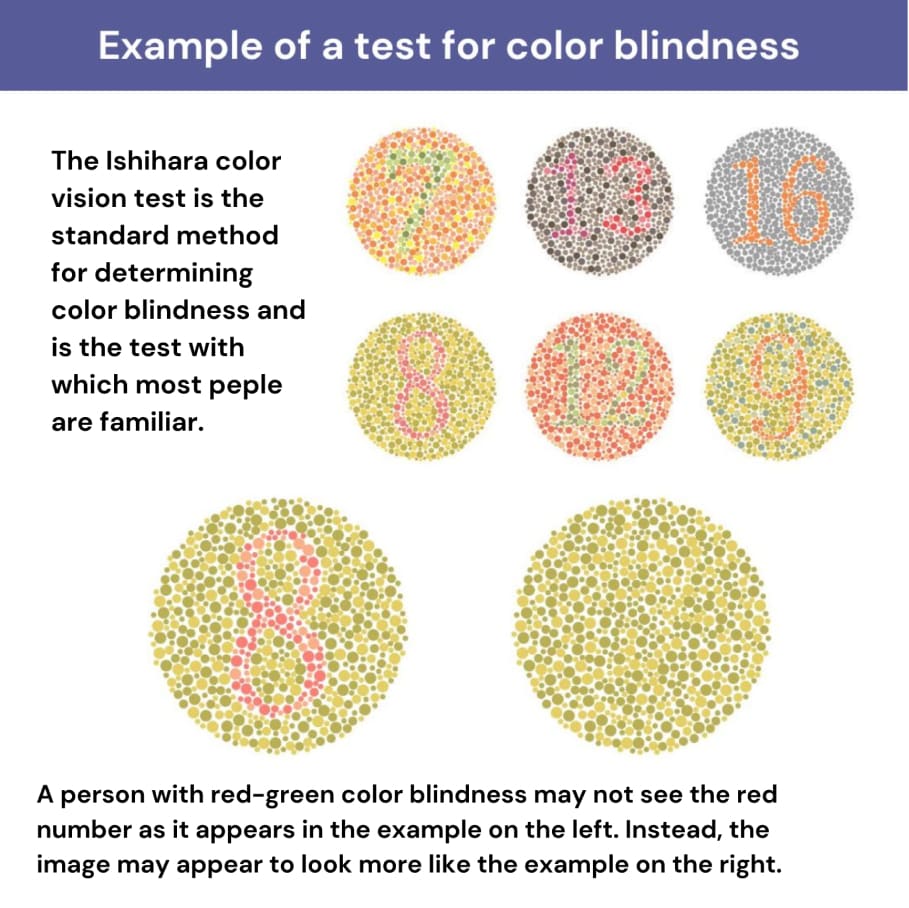
Farnsworth–Munsell 100 Hue Test
A more in-depth, or what some consider the “hard color blind test,” is the Farnsworth–Munsell 100 Hue Test. The assessment is very detailed so that a doctor can determine just how severe someone’s color blindness is.
During the Farnsworth–Munsell 100 Hue Test, the patient is asked to sort four rows of different colored disks into a sequence. The order must gradually change from the color sample at the beginning of the row to the color sample at the end of the row.
Let’s say one row’s reference disk is dark purple. The patient would need to create a gradient that fades into the dark purple using the other colored disks that they are given.
Each disk has a number on the bottom that matches a key. After the test, the patient’s results are compared to the key. The accuracy (or lack thereof) determines the type of color blindness the patient has, as well as the severity.
Sometimes, patients are given a shorter version of the Farnsworth–Munsell 100 Hue Test, with only 15 disks to organize. This is called the D15 Test, and it is used for color blind screening only.
Farnsworth Lantern Test
The Farnsworth Lantern Test was originally developed for sailors to test for red-green color vision deficiencies. The test checks for a person’s ability to see different colored lights and signals, which is important for their tasks at work. Sailors, train conductors and pilots must all be able to recognize different light signals to properly do their jobs.
During the test, the patient is asked to look at a vertical row of lights of the following combinations:
- Red
- Green
- White
Two colors of lights are presented together, and the patient must distinguish them.
A total of nine pairs are shown throughout the test, beginning with a red-green color combination. Each color combination is only shown for a second or two before flashing to a new one.
This is because colorblind people can sometimes identify colors if they look at them for a long enough time. But people in careers that require instant identification of lights and other signals need to verify that they are able to do so.
Can You Test for Color Blindness Online?
Online color blind tests follow much of the same criteria as the types listed above. But the brightness, hue and saturation of your computer screen can affect the results. (Not all displays are created equal.)
The most accurate way to test for color blindness is to receive an in-person exam from your eye doctor.
Are You Color Blind?
If you suspect you may be color blind, reach out to your eye doctor for an exam. Everyone should be screened for color blindness, but it’s even more important for the following individuals:
- Children, as they are asked to complete color-related tasks in school
- Designers who work with colors in various projects
- Artists
- Marketing and advertising professionals
- Electricians
- Pilots, train conductors and sailors
Color blindness can be frustrating, but it is not a sight-threatening condition. Special lenses and filters are available to help those who can’t see color adapt to the vivid world around them.










